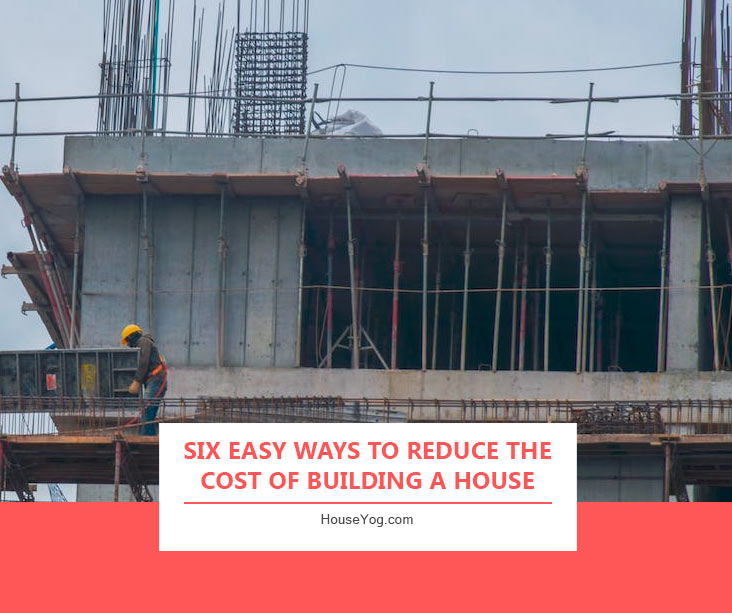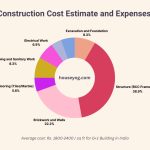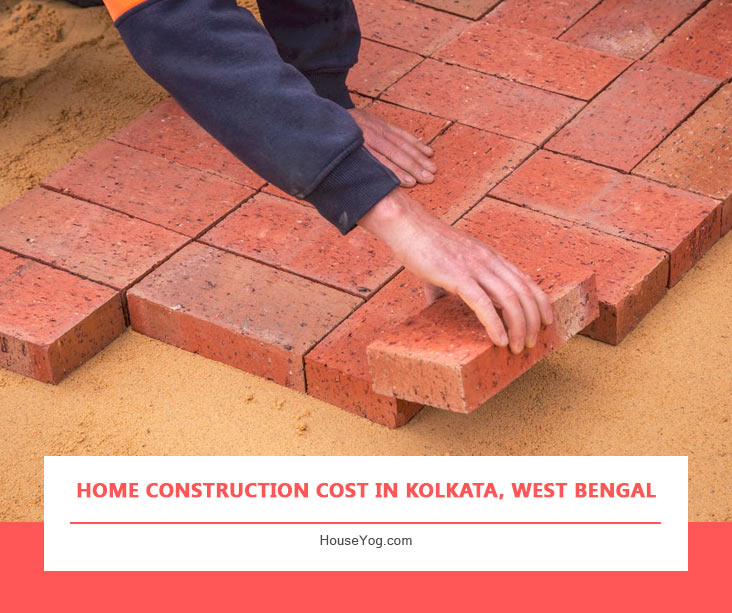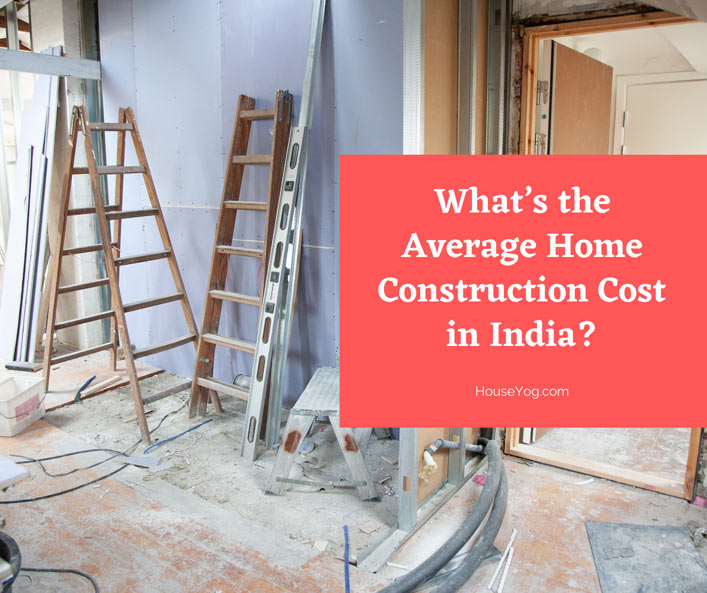Building a house is a dream for many, but rising construction costs can make it challenging. If you’re planning to build your dream home in India and wondering how to reduce house building costs, you’re not alone. The rising costs of land, building materials and labour are a big concern for every aspiring homeowner. But, the good news is that with proper construction planning, you can significantly cut down on building construction expenses without compromising on quality.
Today, in this post, we are sharing the top 10 practical tips to reduce construction costs in India. These tips will help you save money while building your dream home.
How to Reduce the Cost of House Construction: 10 Smart Tips
Here are the top 10 actionable tips to help you save money during house construction in India. These tips are based on our years of experience in building small and mid-size houses for our clients across India. Consider these tips to make informed decisions and avoid unnecessary construction expenses.
1. Plan Your Budget Carefully
The first step to reducing construction costs is to create a detailed budget. Start by listing all expected expenses, including materials, labour, architectural planning and approval, and even a buffer for unexpected costs.
A well-planned construction budget helps you stay on track and avoid overspending. For example, if you know how much you can spend on flooring, you can choose materials that fit your budget without compromising quality.
Also, it is very important to regularly review your budget during construction to ensure you’re not exceeding limits. This is one of the most important tips to reduce construction costs in India.
2. Choose the Right Plot
The location and size of your plot play a big role in determining construction costs. Avoid irregularly shaped plots or land with poor soil quality, as these may require additional work like levelling or soil stabilization, piling, footing and foundation, which can increase expenses. A flat plot with good soil quality is ideal for cost-effective house construction.
Also, consider the plot’s proximity to utilities like water, electricity, and roads. If these are far away, you may need to spend extra on connecting them to your site.
3. Use Cost-Effective Building Materials
Choosing the right materials can make a huge difference in construction costs. Opt for locally available and affordable materials like fly ash bricks, AAC blocks, or recycled materials. These are not only cheaper but also eco-friendly.
For example, fly ash bricks are lighter and require less mortar, reducing both material and labour costs. Avoid imported materials, as they can significantly increase expenses. Always compare prices from multiple suppliers to get the best deal on materials.
4. Hire an Experienced Architect and Contractor
A skilled architect can design a house that maximizes space and minimizes waste, helping you save money during the construction. For instance, an efficient layout can reduce the amount of materials needed.
Similarly, an experienced building contractor can help you avoid costly mistakes and delays. Always compare quotes from multiple building contractors and check their past work and reviews. A good team may seem expensive initially, but they can save you money in the long run by avoiding errors and rework.
5. Simplify the Building Design
Complex building designs with curves, domes, or intricate details can increase construction and finishing costs. A simple, functional design is not only cost-effective but also easier to maintain.
For example, a rectangular or square-shaped house requires fewer materials and less labour compared to a house with multiple corners and curves. So, focus on creating a design that meets your needs without unnecessary frills. This is one of the easiest ways to reduce the cost of house construction.
6. Optimize Space Usage
Plan your house layout carefully to avoid wasted space. For example, multi-functional furniture and open floor plans can be used to make the most of every square foot. A well-designed layout can reduce the overall size of the house, which in turn reduces material and labour costs.
For instance, combining the living and dining areas into one open space can save on walls and flooring. Think creatively about how to use space efficiently without compromising comfort.
7. Buy Materials in Bulk
Purchasing materials like cement, steel, and tiles in bulk can help you get discounts. Plan ahead and buy during off-season periods when prices are lower. For example, buying tiles during the monsoon season might be cheaper as demand is lower.
However, make sure you have proper storage to protect materials from damage. Bulk buying not only saves money but also ensures you have enough materials to avoid delays.
8. Avoid Frequent Design Changes
Changing your design mid-construction can lead to wasted materials and increased labour costs. For example, if you decide to move a wall after it’s been built, you’ll need to pay for demolition and reconstruction.
So, finalize your design before starting construction to avoid unnecessary expenses. If changes are unavoidable, discuss them with your architect and contractor to minimize additional costs.
9. Use Energy-Efficient Features
Investing in energy-efficient windows, doors, and appliances can save you money in the long run. For example, double-glazed windows reduce heat transfer, keeping your home cooler in summer and warmer in winter. This reduces the need for air conditioning and heating, lowering your electricity bills. While these features may have a higher upfront cost, they pay for themselves over time through energy savings.
10. Monitor Construction Progress Regularly
Regularly visit the construction site to ensure work is progressing as planned. This helps you catch any mistakes early and avoid costly rework. For example, if you notice that the walls are not aligned properly, you can address the issue before it becomes a bigger problem. Monitoring progress also ensures that materials are being used efficiently and that the project stays on schedule.
Conclusion
Building a house doesn’t have to break the bank. By following these 10 tips to reduce construction costs in India, you can save money without compromising on quality. From careful planning to using cost-effective materials, every step counts. Start your journey to building your dream home today with these smart and practical tips!






